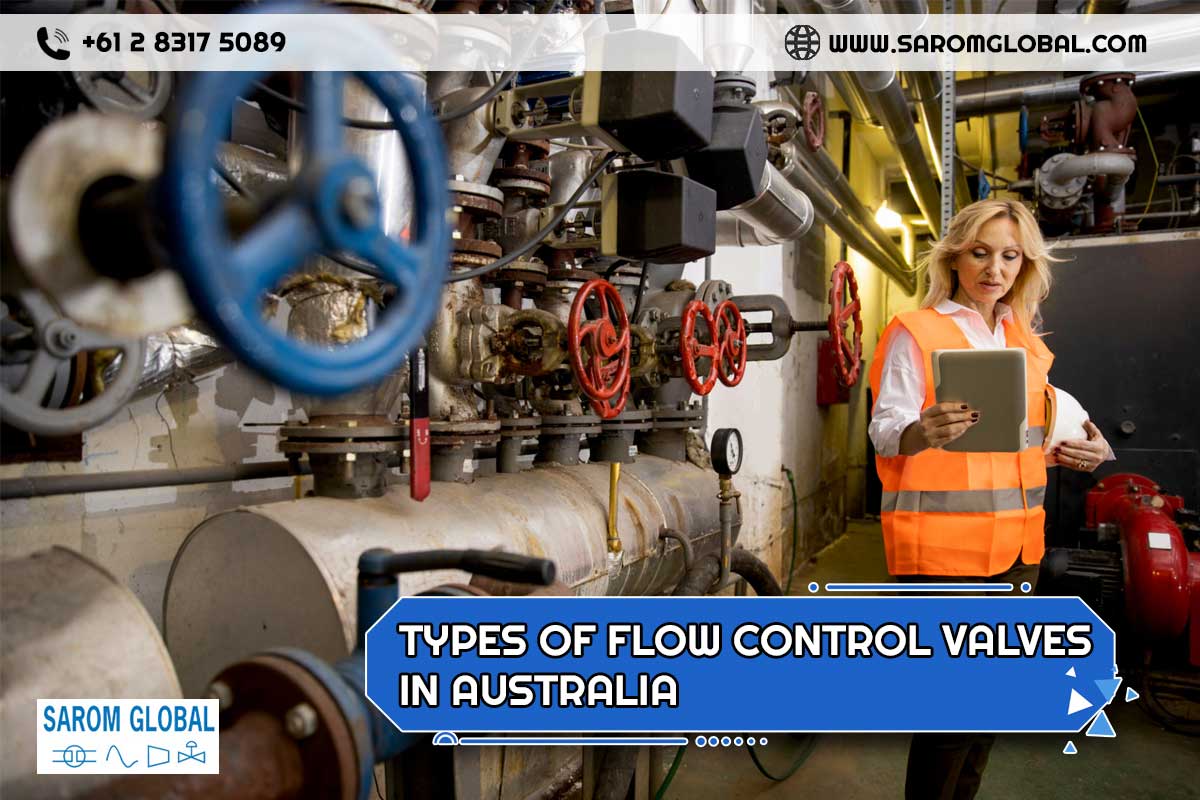
Control valves are used in a wide range of industries and applications in Australia. There are different types of control valves. Whenever it comes to flow control valves they range from simple to complicated types. Some valves respond automatically to pressure and temperature differences. Flow control valves, regardless of their design, are intended to regulate the flow or pressure of fluids. Additionally, they often respond to signals given by flow metres or temperature gauges.
There are several advantages to being able to reduce or increase pressure in a system. A Flow control valve can be used by system operators to swiftly depressurise and change fittings. Flow control valves are also noted for their dependability and normally have a long operating life due to their design, which prevents clogging.
The most common types of flow control valves in Australia include:
- Gate Valve
- Globe Valve
- Pinch Valve
- Diaphragm Valve
- Needle Valve
- Other types of control valves such as Butterfly valve, plug valve, ball valve
Read further to learn about each of these types of flow control valves as well as their applications:
Gate Valve
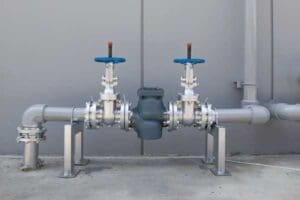

Gate valves are non-throttling, on/off valves that are commonly used in commercial service. Gate valves are utilised in applications that need fluid flow in a straight path with minimal turbulence. One form of control valve that is desired is a gate valve. When the user rotates the stem clockwise to close (CTC) or clockwise to open (CTO), the gate valve opens or closes.
When an operator moves the stem, the gate moves up or down on the threaded step, resulting in a multi-turn valve; the valve needs to spin several times to go from open to closed, and the sluggish action eliminates hammer effects. Whenever little pressure loss and a free bore are required, control valve engineering consultants recommend using gate valves. Gate valves typically have a little blockage in the flow route, resulting in minimum pressure loss.
Gate valves can be used with a variety of fluids. Gate valves are typically used for potable water, wastewater, and neutral liquids in temperatures ranging from -20 to 70 degrees Celsius, with a maximum flow velocity of 5 metres per second and a differential pressure of up to 16 bar. Gate valves are also suitable for gases with temperatures ranging from -20 to 60 degrees Celsius, a maximum flow velocity of 20 metres per second, and differential pressure of up to 16 bar.
Gate valves come in two shapes: parallel and wedge-shaped. A flat gate sits between two parallel seats in a parallel gate valve. Wedge-shaped gate valves are made up of two inclined seats and a slightly mismatched inclined gate.
Globe Valve


Globe valves are linear motion valves that stop, start, and regulate flow. Globe valves close by lowering a plug with a flat or convex bottom onto a horizontal seat in the valve’s centre. The stopper elevates when the valve is opened, allowing fluid to flow. Globe valves are used for on/off and throttling applications since the valve’s disc can be completely removed from the flow stream or totally closed. While this type of flow control valve produces slightly higher pressure dips than straight-through valves such as gate, plug, and ball valves, it is useful in circumstances where the pressure drop through the valve is not a determining issue.
Since the full system pressure applied to the disc transfers to the valve stem, the practical size restriction for globe valves is NPS 12 (DN 300). There are globe valves larger than NPS 12 (DN 300) produced and used. Both manufacturers and engineers have produced and used globe valves up to NPS 48 (DN 1200).
Pinch Valve
Pinch valves are low-cost flow control valves available in Australia that are appropriate for slurries or liquids with high levels of suspended solids. Pinch valves work by pinching one or more flexible parts, such as rubber tubes, to stop the flow. The only part of the valve that gets wet is the rubber sleeve, and its elasticity allows pinch valves to close securely around entrapped solids.
To actuate pinch valves, air or hydraulic pressure is applied directly to the elastomer sleeve. The body of a pinch valve works as a built-in actuator, eliminating the need for costly hydraulic, pneumatic, or electric operators and increasing the cost-effectiveness of this flow control valve.
Diaphragm Valve Needle Valve
Diaphragm valves have a flexible disc that forms a seal when it contacts a seat at the top of the valve body. The diaphragm distributes force to open, close, or control a valve and is flexible and pressure-responsive. Diaphragm valves are similar to pinch valves in that they use an elastic diaphragm instead of an elastomeric liner in the valve body.
The flow stream is separated from the closure element by an elastomeric diaphragm attached to a compressor. Diaphragm valves are appropriate for applications that are corrosive, erosive, or filthy. This is because diaphragm valves provide a number of advantages. This includes being exceptionally clean, having a leak-proof seal, having a tight shut-off, being easy to maintain, and reducing leakage to the environment.
Needle Valves
Needle valves are flow-restricting volume control valves for smaller lines. Fluid flowing through the valve rotates 90 degrees and passes through an aperture that acts as the seat for a cone-shaped rod. When the user adjusts the cone’s location in reference to the seat, the orifice size changes.
Needle valves and globe valves are comparable in that they have similar design features and benefits. For example, both needle valves and globe valves allow operators to modify flow rate using a threaded spinning stem. The precision that needle valves can accomplish is the difference between them and globe valves. In fact, because needle valves can be fine-tuned, they are an excellent choice for calibrating applications.
Other Types of Control Valves
While the five kinds of flow control valves listed above are the most widely used, there are other types of control valves. Additionally, their characteristics would make them suited for specific purposes. Here are a few more types of valves to consider.
Butterfly valves
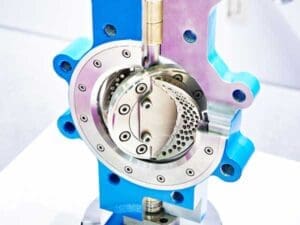

A butterfly valve is controlled by spinning a disc within the flow area, and it does not have linear flow characteristics because of its design. As a result, these valves are less precise than the flow control valves described above. As a result, even if it is effective in applications that do not demand a high degree of accuracy, it is frequently ignored as a flow control valve option. They’re also a relatively inexpensive valve, so they’re worth considering in the correct situations.
Plug Valve
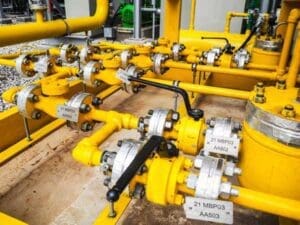

Plug valves come in different configurations, and they regulate flow via a hollow section of the plug by spinning a cylindrical or cone-shaped plug within the valve body. An eccentric plug valve, which uses a half plug to provide a larger seating force with minimum friction when it is opened and closed, is the most typical design for flow control applications. This has the advantage of a higher shut-off capacity, which is good for flow control.
Ball Valve
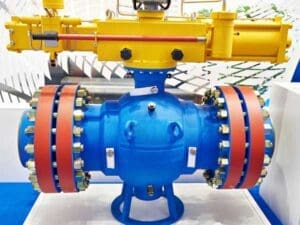

Due to their low cost, longevity, and great shutdown capability, ball valves are widely employed in flow systems across a wide range of sectors. They are not as effective as butterfly valves for flow control applications that need a high degree of accuracy and control. One reason for this is that opening and closing a ball valve needs a lot of torque, which precludes an operator from making small adjustments. There is also some “play” between the stem and the ball, which makes determining precise flow rates problematic. A trunnion or v-port ball valve design is usually the best choice for flow control operations such as filling a tank to a fair degree of accuracy.
Process valves are utilised in many different applications, including industrial, mechanical, fluid and gas dispensing. When selecting a flow control valve for an application, various elements must be considered, including the fluid’s characteristics, service conditions, how frequently the valve is operated, as well as maintenance and environmental concerns. With so many different valve types to choose from, comparing the function and performance of different valves with your application parameters will help you find the best flow process control valve for your needs.
Related Blog: Making Control Valves Engineering Easy
Contact us
SAROM GLOBAL
info@saromglobal.com
